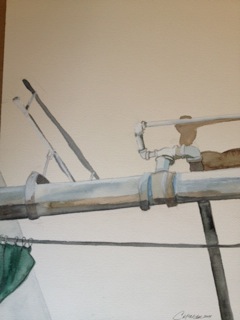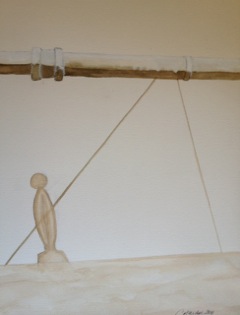 by Brooke Lieb
by Brooke Lieb
In light of the recent hate crime, the mass killing in Orlando targeting the LGBTQ community on June 12, I thought about what it was to respond with meaningful, integrated action.
What has this got to do with the Alexander Technique? Alexander Technique often emphasizes “non-doing” which can be mistaken for inaction. Non-doing is more about having the time and space to unpack a response to find what may be habitual and automatic, and gain access to a conscious, reasoned response.
Working with this paradigm gives me a way to question the accuracy or validity of my feelings, both those I label as sensations, and those I label as emotions. I can also question the habits I have around using those feelings to guide my behavior and actions. I don’t want to respond to this latest tragedy comfortably or in my familiar and habitual way, I want to respond accurately and in measure with my examined belief systems.
I want to communicate with the people who feel particularly at risk of being targeted because of who they love or how they look, a danger that may be even more in the forefront of their day to day lives, as a result of this recent atrocity. I want to offer my support. But for me, my kind words are empty if my actions and behavior don't have the potential to generate a safer world for them.
I want to show empathy and connect with my friends and loved ones to show that I care about this issue and it breaks my heart that people are being murdered because of some distorted set of artificial values held by others. Those beliefs are what make some of us a threat to others of us.
I saw a number of posts about taking action, as the more impactful response to this latest in a “much too frequent and much too long” string of mass killings.
So I went to google to find out how to take action. I donated to the Brady Campaign, I signed a petition which I was informed was equivalent to writing a letter.
I wrote to both of my state senators to say I am a constituent who supports strict gun control, and when considering the second amendment as written: "A well-regulated militia being necessary to the security of a free state, the right of the people to keep and bear arms shall not be infringed” I support limiting access to and the use of guns to the confines of a well-regulated militia.
So, yes, I have been crying since Sunday, June 12, and looking at my transparent biases and bigotry to take responsibility for the ways I may have inadvertently contributed to the climate in our country by being ignorant and unable to see what I may be a party to. I see that my inaction contributes to the status quo. By the way, I was raised around activists, growing up in the late 60’s and early 70’s, and I take a lot for granted because so many took action during that time in history.
What has this got to do with the Alexander Technique? I am saying “no" to my comfortable habit to remain silent while feeling hopeless. I often keep silent out of my desire to appear non-judgemental and neutral so my clients won’t feel judged in my hands. Silence can be useful in some situations, but silence can also be a way to stay comfortable and ineffective.
So, instead, I am taking action, and being non-habitual by using my literal and literary voice to express my fondest wishes and hopes - that we take the actions needed so we live in a world that values all human life and celebrates creativity and diversity in how we each express ourselves. I wish to live in a world where no one is in danger from another, because of what they have or don’t have, for what they believe or don’t believe. And that we don’t use our personal beliefs to injure each other.
If you want to learn more about some possible actions to take, here are some links:
Contact your congressional representative: http://www.house.gov/representatives/find/
Contact your Senator: http://www.senate.gov/senators/contact/
How did your senator vote on background checks?: http://everytown.org/senate-votes/?source=etno_ETActPage&utm_source=et_n_&utm_medium=_o&utm_campaign=ETActPage
Tweet your congressperson: http://everytown.org/tweet-at-congress/?source=etno_ETActPage&utm_source=et_n_&utm_medium=_o&utm_campaign=ETActPage
Support the Brady Campaign to end gun violence: https://secure.bradycampaign.org/page/contribute/center-enough
[author] [author_image timthumb='on']http://www.acatnyc.org/main/wp-content/uploads/2014/01/Brooke1web.jpg[/author_image] [author_info]N. BROOKE LIEB, Director of Teacher Certification since 2008, received her certification from ACAT in 1989, joined the faculty in 1992. Brooke has presented to 100s of people at numerous conferences, has taught at C. W. Post College, St. Rose College, Kutztown University, Pace University, The Actors Institute, The National Theatre Conservatory at the Denver Center for the Performing Arts, Dennison University, and Wagner College; and has made presentations for the Hospital for Special Surgery, the Scoliosis Foundation, and the Arthritis Foundation; Mercy College and Touro College, Departments of Physical Therapy; and Northern Westchester Hospital. Brooke maintains a teaching practice in NYC, specializing in working with people dealing with pain, back injuries and scoliosis; and performing artists. www.brookelieb.com[/author_info] [/author]

 by Mariel Berger
Many thanks to my Alexander Technique teachers: Witold Fitz-Simon and Jane Dorlester.
by Mariel Berger
Many thanks to my Alexander Technique teachers: Witold Fitz-Simon and Jane Dorlester.
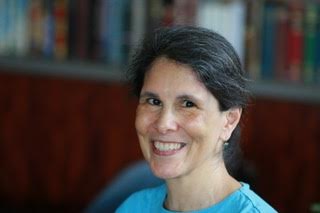 by Brooke Lieb
by Brooke Lieb
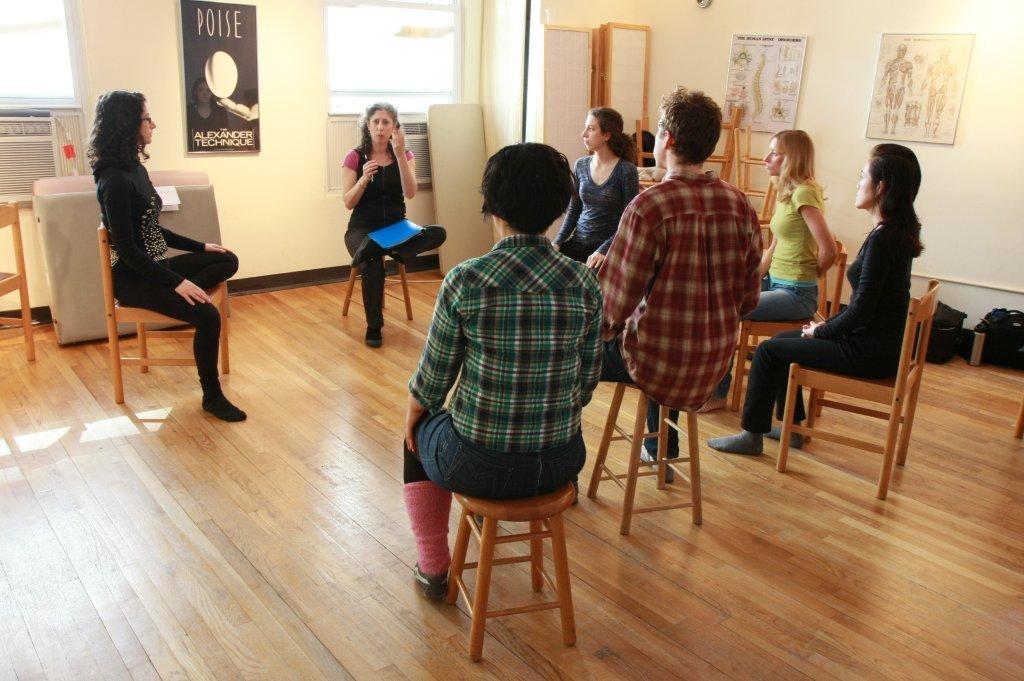 by Brooke Lieb, ACAT Training Director
ACAT’s Teacher Certification Program follows a developmental curriculum, which has been refined over the last 49 years. Our program is designed so that our graduates are prepared, and more importantly, are confident about their ability to teach, by the time they receive their teaching certification.
by Brooke Lieb, ACAT Training Director
ACAT’s Teacher Certification Program follows a developmental curriculum, which has been refined over the last 49 years. Our program is designed so that our graduates are prepared, and more importantly, are confident about their ability to teach, by the time they receive their teaching certification.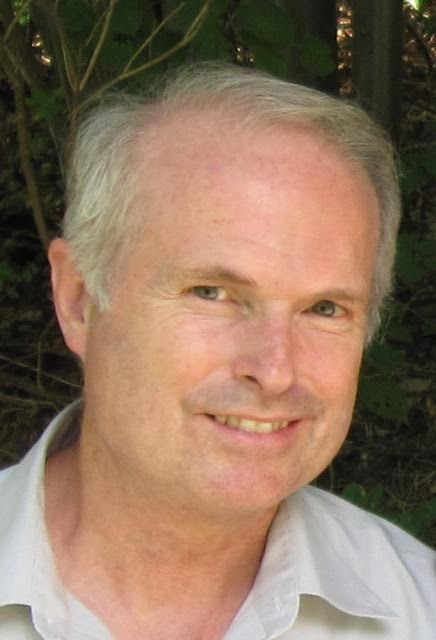 by Anastasia Pridlides
by Anastasia Pridlides by Patty de Llosa
by Patty de Llosa by Emily Faulkner
This past February, I had the good fortune to travel to the Alps to take Erik Bendix’ one week Ease on Skis workshop. I am a passionate skier, and not too bad at it, but having started skiing late in life, I am always frustrated by how slowly I seem to progress and how hampered I am by fear. As a dancer, I love to move. The technique of skiing - the rhythm and the fluid motion – is magical when it comes together, but frustratingly elusive. As soon as I approach a pitch that seems too steep, a patch of ice, or some unexpected bumps, fear takes over, my technique goes out the window, and skiing becomes a matter of survival instead of joy. The Alexander Technique is, of course, the perfect medium by which to analyze fear and response. Enter Ease on Skis!
by Emily Faulkner
This past February, I had the good fortune to travel to the Alps to take Erik Bendix’ one week Ease on Skis workshop. I am a passionate skier, and not too bad at it, but having started skiing late in life, I am always frustrated by how slowly I seem to progress and how hampered I am by fear. As a dancer, I love to move. The technique of skiing - the rhythm and the fluid motion – is magical when it comes together, but frustratingly elusive. As soon as I approach a pitch that seems too steep, a patch of ice, or some unexpected bumps, fear takes over, my technique goes out the window, and skiing becomes a matter of survival instead of joy. The Alexander Technique is, of course, the perfect medium by which to analyze fear and response. Enter Ease on Skis!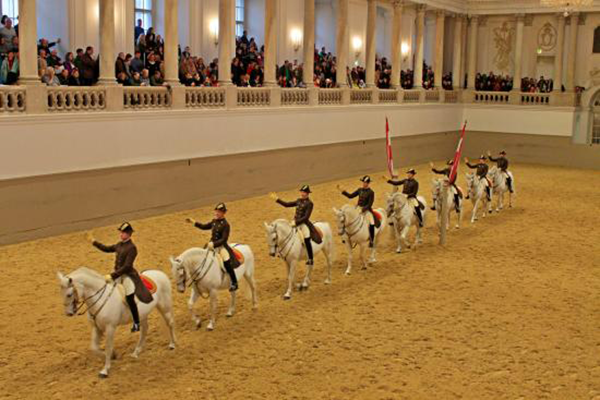 by Patty de Llosa
Hurrying speeds us away from the present moment, expressing a wish to be in the future because we think we’re going to be late. To counter it, Master Alexander teacher Walter Carrington told his students to repeat each time they begin an action: “I have time.” He tells us that on his visit to the Spanish Riding School of Vienna, where horses and riders are trained to move in unison, the director ordered the circling students to break into a canter, adding, “What do you say, gentlemen?” And they all replied together, “I have time.” Try it yourself sometime when you’re in a hurry. Send yourself a message to delay action for a nano-second before jumping into the fray.
by Patty de Llosa
Hurrying speeds us away from the present moment, expressing a wish to be in the future because we think we’re going to be late. To counter it, Master Alexander teacher Walter Carrington told his students to repeat each time they begin an action: “I have time.” He tells us that on his visit to the Spanish Riding School of Vienna, where horses and riders are trained to move in unison, the director ordered the circling students to break into a canter, adding, “What do you say, gentlemen?” And they all replied together, “I have time.” Try it yourself sometime when you’re in a hurry. Send yourself a message to delay action for a nano-second before jumping into the fray.
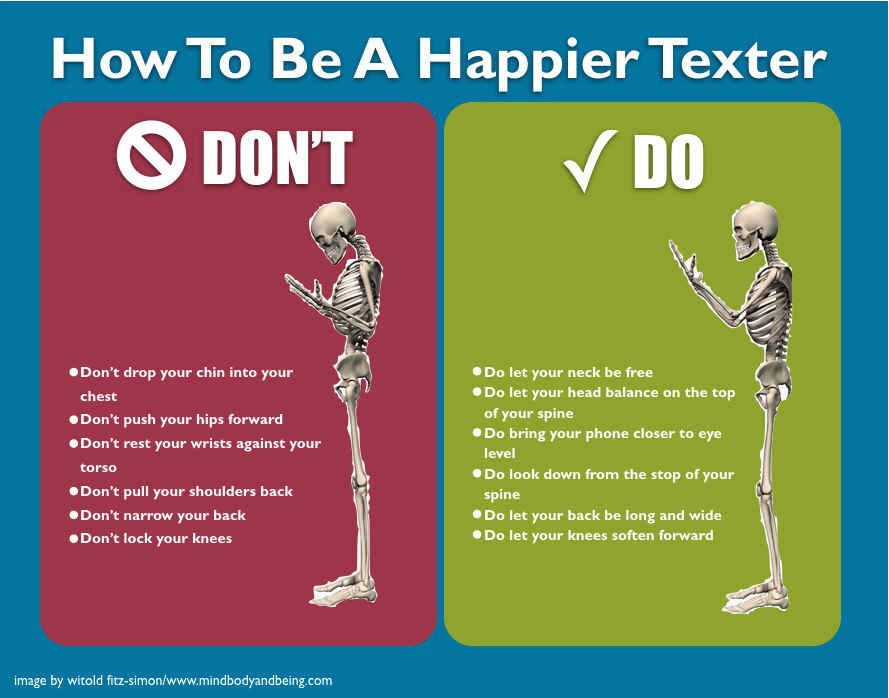
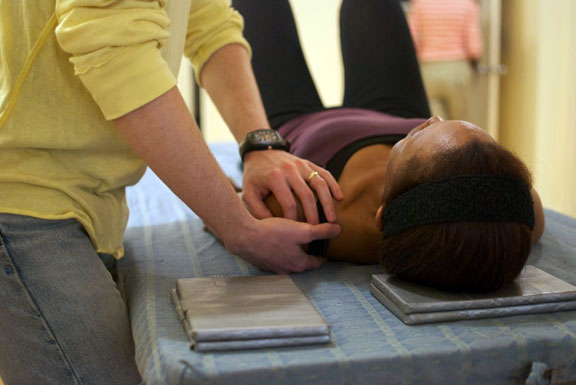 by Brooke Lieb
When I was taking private lessons, I had no idea how my teacher was facilitating changes in my sense of ease and freedom, I just knew it was different from anything I had ever experienced. I recognized some of it was what what she told me to think and wish for, but it seemed most of the changes were the result of some mysterious and magical quality in her hands.
by Brooke Lieb
When I was taking private lessons, I had no idea how my teacher was facilitating changes in my sense of ease and freedom, I just knew it was different from anything I had ever experienced. I recognized some of it was what what she told me to think and wish for, but it seemed most of the changes were the result of some mysterious and magical quality in her hands. by Dan Cayer
A couple years ago, a quiet 17-year-old who I’ll call Len, was referred to me by his mother for a course of Alexander Technique lessons. She had heard that the AT could improve his posture and help him focus. Nearly 6’4” – and still growing – he stood and sat with a pronounced slump, which was likely contributing to back pain. His mother also suspected that his slouch was, partially, an attempt to not “stick out” at school.
by Dan Cayer
A couple years ago, a quiet 17-year-old who I’ll call Len, was referred to me by his mother for a course of Alexander Technique lessons. She had heard that the AT could improve his posture and help him focus. Nearly 6’4” – and still growing – he stood and sat with a pronounced slump, which was likely contributing to back pain. His mother also suspected that his slouch was, partially, an attempt to not “stick out” at school.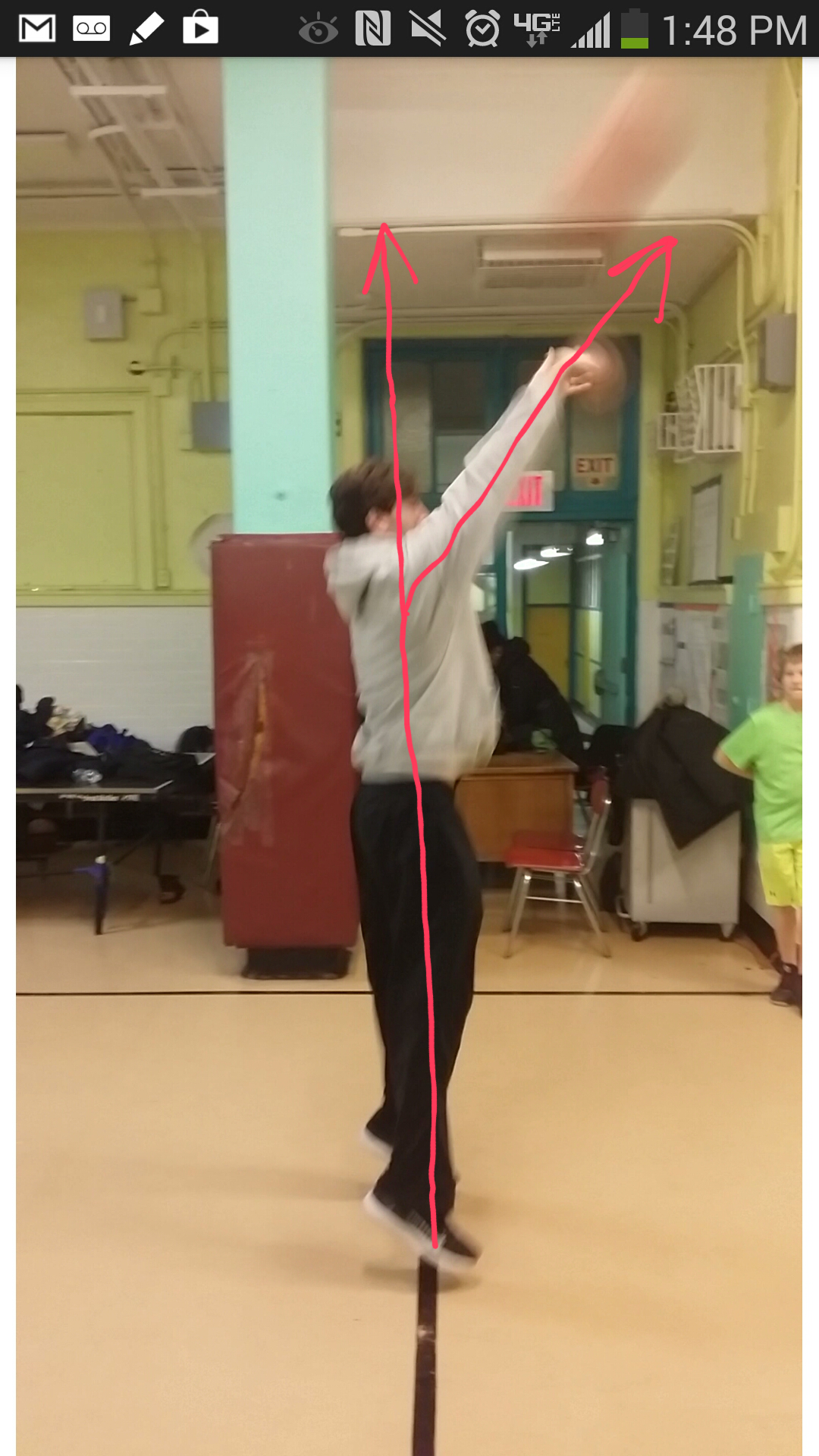 by Emily Faulkner
by Emily Faulkner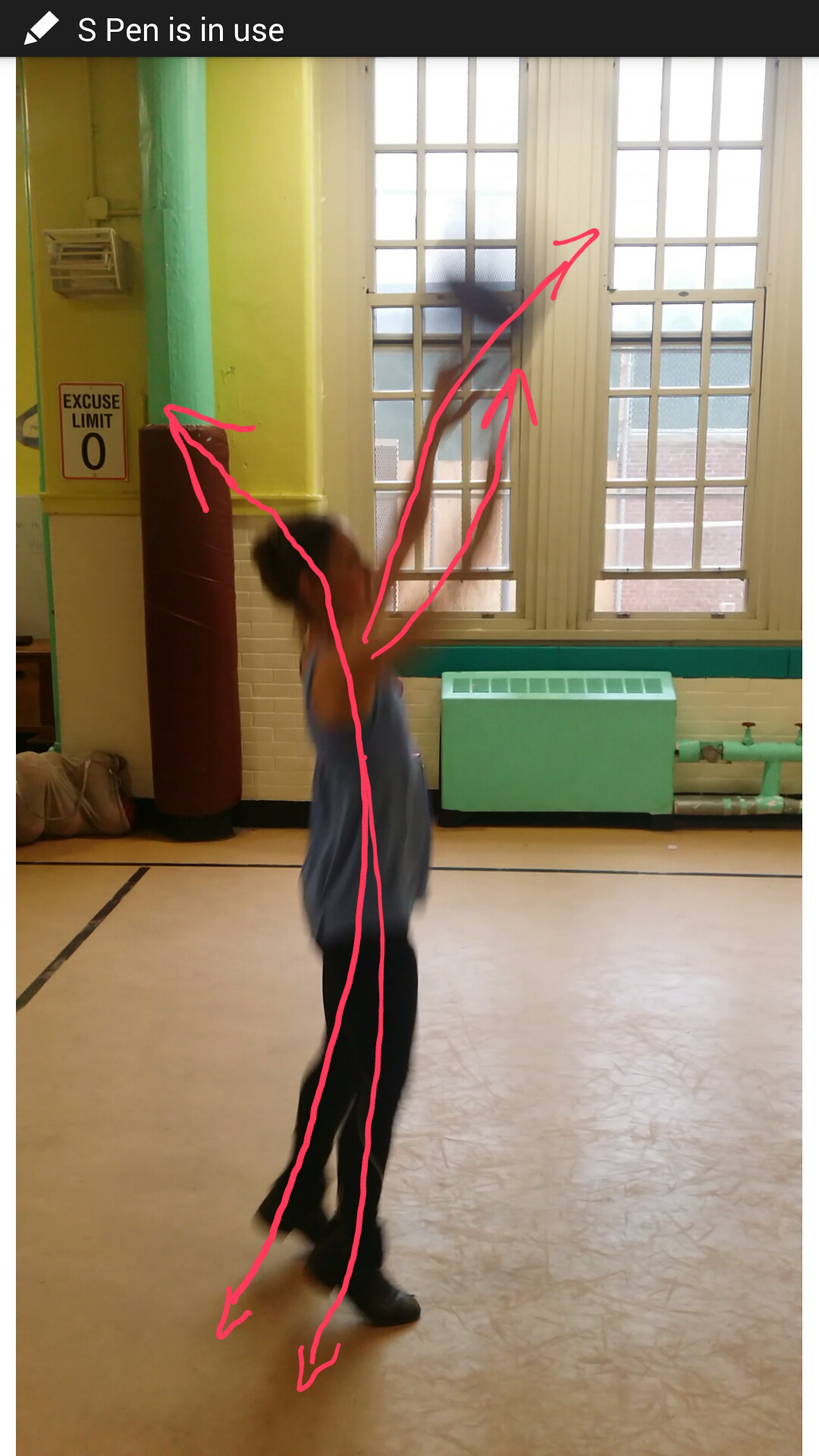
 by Karen Krueger
Many Alexander Technique teachers don't like to even mention the word "posture." They think the very word has so many wrong connotations that it should be avoided. But I take Humpty Dumpty's point of view: the important thing is not what people think a word might mean, but what we say it means:
by Karen Krueger
Many Alexander Technique teachers don't like to even mention the word "posture." They think the very word has so many wrong connotations that it should be avoided. But I take Humpty Dumpty's point of view: the important thing is not what people think a word might mean, but what we say it means:
 by Karen Krueger
I've been reading a lot lately about "vocal fry," a speaking mannerism that some people find extremely annoying and others defend as an innovative trend among influential young women. Vocal fry is a gravelly or creaky sound to the voice that is most clearly heard at the ends of words and phrases. Some people call it "the NPR voice." Others trace it to Kim Kardashian.
by Karen Krueger
I've been reading a lot lately about "vocal fry," a speaking mannerism that some people find extremely annoying and others defend as an innovative trend among influential young women. Vocal fry is a gravelly or creaky sound to the voice that is most clearly heard at the ends of words and phrases. Some people call it "the NPR voice." Others trace it to Kim Kardashian.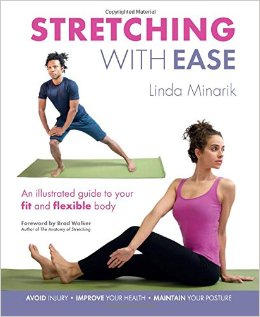 by Brooke Lieb
Linda Minarik is a pianist, dancer, singer, and fitness professional. Her new book is entitled Stretching with Ease. Linda has been familiar with the Alexander Technique for nearly 40 years. Her first private lessons were with ACAT alumna Linda Babits in connection with practicing piano with ease. Linda’s life-long love of movement inspired her to train in ballet, and to become a certified group fitness instructor, including teaching qualifications in Gyrokinesis® and the MELT Method®.
by Brooke Lieb
Linda Minarik is a pianist, dancer, singer, and fitness professional. Her new book is entitled Stretching with Ease. Linda has been familiar with the Alexander Technique for nearly 40 years. Her first private lessons were with ACAT alumna Linda Babits in connection with practicing piano with ease. Linda’s life-long love of movement inspired her to train in ballet, and to become a certified group fitness instructor, including teaching qualifications in Gyrokinesis® and the MELT Method®. By Jeffrey Glazer
By Jeffrey Glazer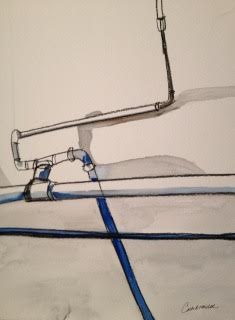 by Cate McNider
by Cate McNider
